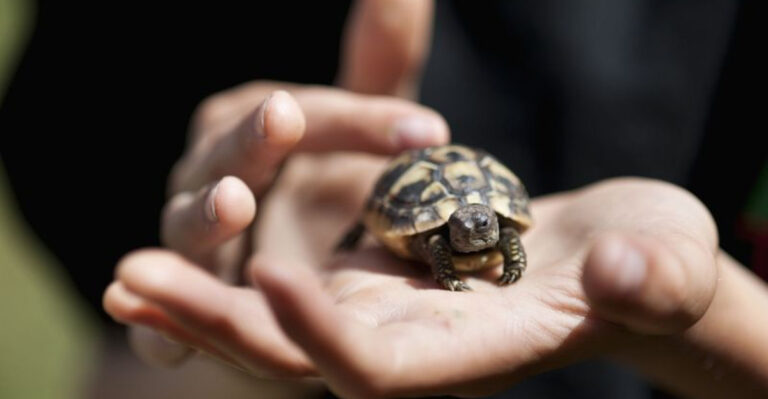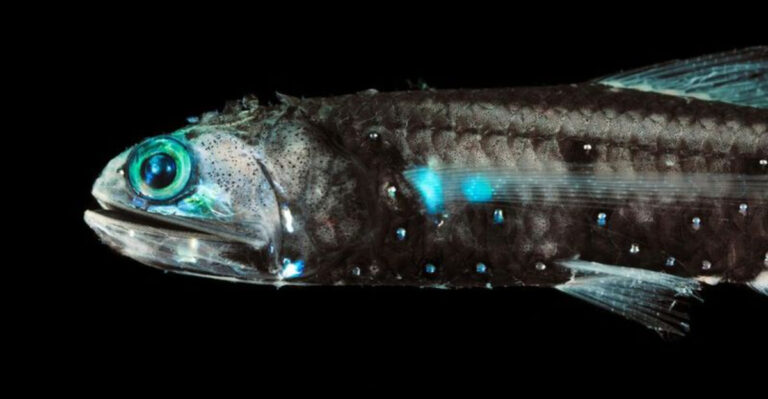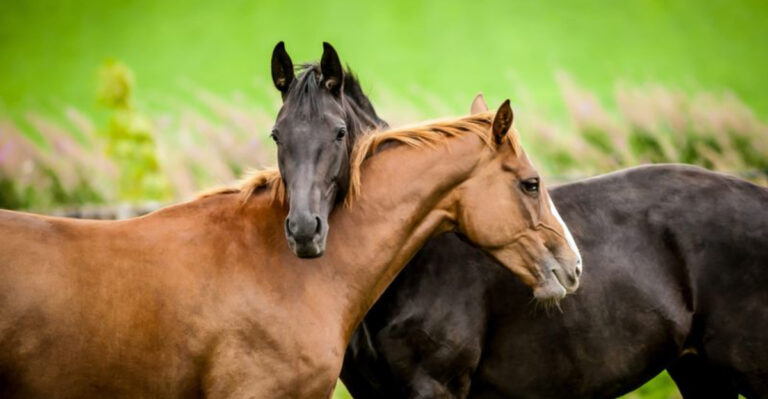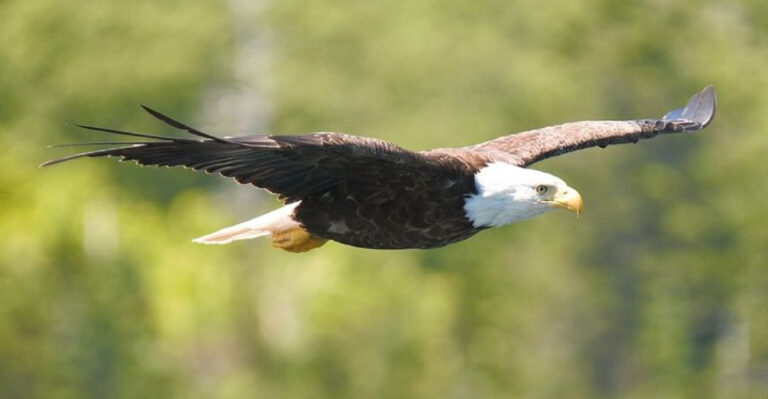Butterflies Are Doing More Work Than You Think In The Pollination Game
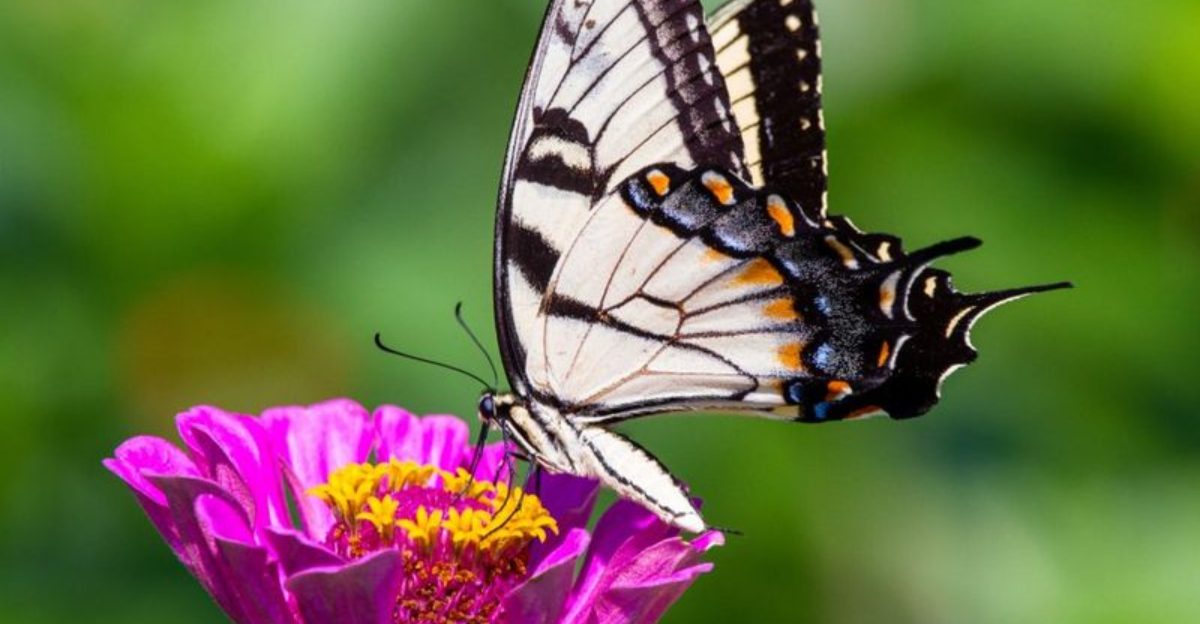
When we think about pollination, bees usually steal the spotlight. But those colorful, delicate butterflies fluttering around your garden are secret pollination powerhouses too!
These winged wonders contribute to plant reproduction in ways many people overlook. From their specialized anatomy to their unique behaviors, butterflies play a crucial role in keeping our ecosystems thriving.
1. Butterflies Prefer Bright, Scented Flowers
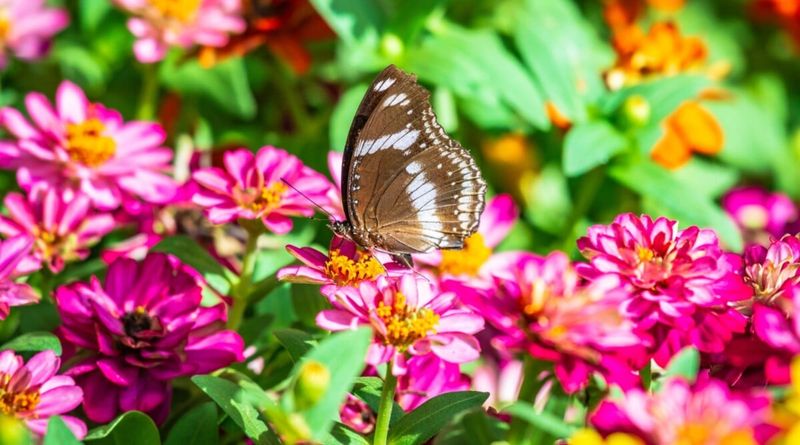
The vibrant wings of butterflies are matched by their attraction to equally vibrant blooms. Their specialized long proboscis functions like a drinking straw, allowing them to reach deep into tube-shaped flowers.
Red, orange, and pink blossoms with powerful fragrances act like butterfly magnets. This preference helps certain plant species thrive that might otherwise struggle to find pollinators.
2. They’re Active When Bees Aren’t
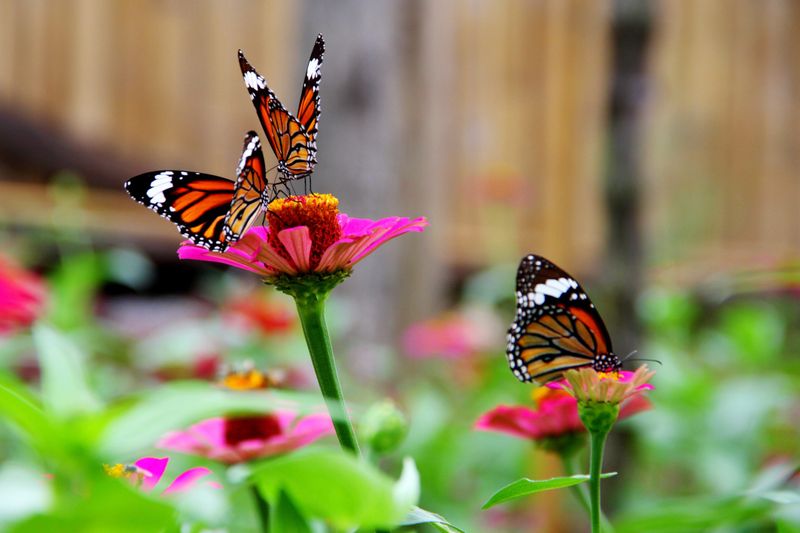
Unlike their buzzing counterparts, butterflies love the heat! They’re most active during warm midday hours when many bee species take a break from foraging.
This timing difference creates a perfect pollination tag-team. Morning bees hand off duties to midday butterflies, ensuring flowers receive visitors throughout the day. Some plants have even evolved to open their blooms specifically during butterfly peak hours.
3. They Travel Farther Than You Might Think

Monarch butterflies showcase nature’s most impressive migrations, traveling up to 3,000 miles between Mexico and Canada. This remarkable journey means pollen hitchhikes across continents!
Long-distance butterfly travelers create genetic connections between isolated plant populations. A flower pollinated in Texas might have its genes carried to Minnesota. Scientists call this “gene flow” and it helps plants adapt to changing environments.
4. They’re Surprisingly Picky
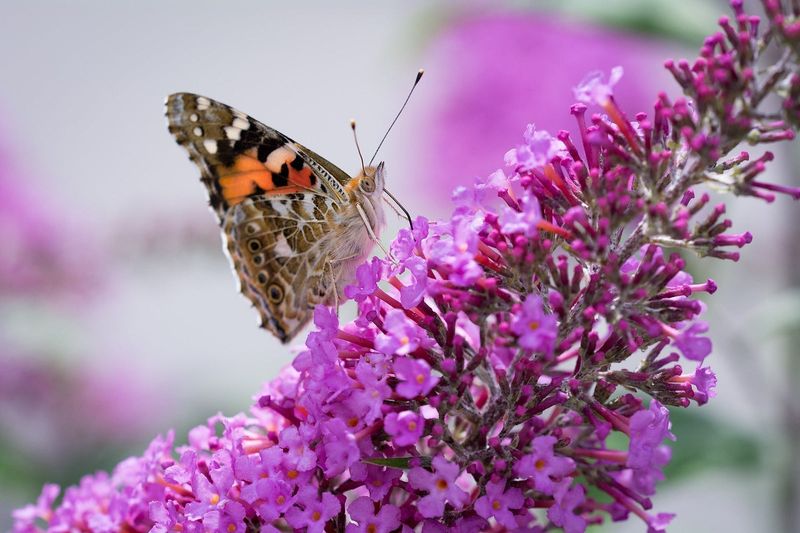
Far from being flighty flirts, many butterfly species show remarkable flower fidelity. Once they find a nectar source they like, they’ll return repeatedly, sometimes ignoring other available options.
The painted lady butterfly might visit the same thistle patch for days. This loyalty makes them excellent pollinators for specific plants. Farmers growing certain crops actually rely on this butterfly consistency for better yields.
5. Their Bodies Are Built For Pollen Transfer

Look closely at a butterfly’s body under magnification and you’ll discover thousands of tiny scales. These microscopic structures catch pollen grains as effectively as Velcro catches lint.
While feeding, butterflies brush against flower stamens, collecting golden pollen dust. Their legs feature specialized tiny hairs perfect for pollen transport. Even their wings, constantly fluttering from bloom to bloom, serve as unexpected pollen carriers.
6. They Support Rare And Specialized Plants

Hidden in remote meadows and mountainsides are wildflowers that evolved alongside specific butterfly species. Their flower shapes and nectar chemistry match perfectly with their butterfly partners.
The striking pipevine swallowtail butterfly pollinates the endangered California pipevine. Without this butterfly, the plant would face extinction. Conservationists now protect both species together, recognizing their ancient partnership.
7. Their Long Tongues Unlock Hidden Nectar
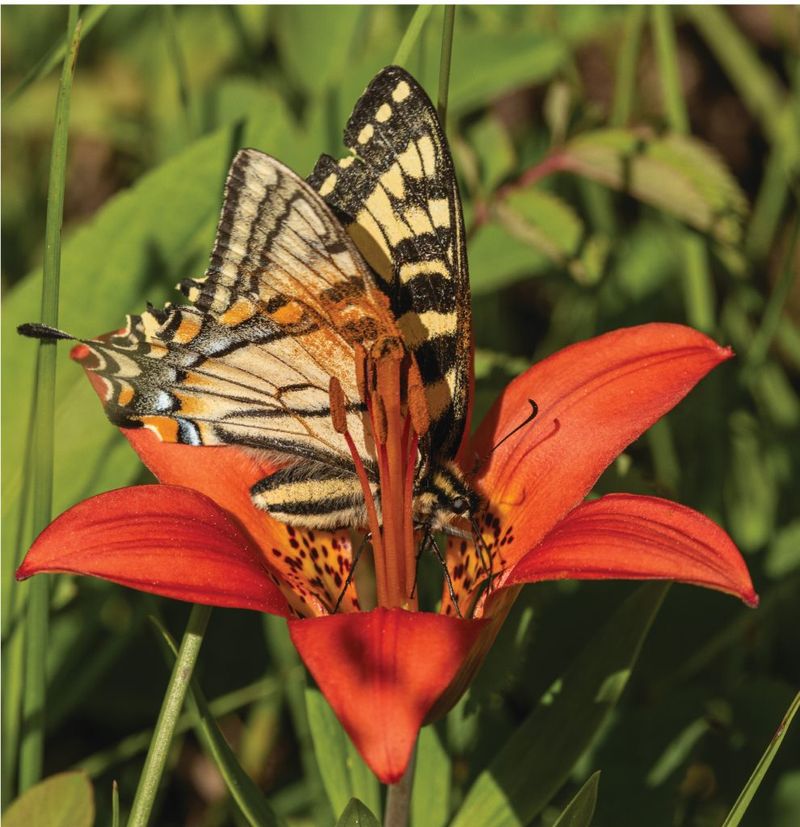
Butterfly proboscises can extend several times their body length, reaching nectar sources other pollinators can’t access. Imagine having a straw that could unroll to reach juice at the bottom of a bottle!
The Morgan’s sphinx moth (butterfly relative) has a 12-inch proboscis for specialized orchids. Plants with deep nectar reserves rely on these long-tongued visitors. Without them, these flowers would lose their reproductive pathway entirely.
8. Some Butterflies Pollinate At Dusk

As daylight fades, a special group of butterfly relatives takes flight. Sphinx moths, often mistaken for hummingbirds due to their hovering ability, specialize in evening pollination shifts.
These twilight workers target night-blooming plants like evening primrose and moonflower. Their remarkable navigation skills allow them to find pale-colored blooms in dim light. Many evening flowers evolved sweet fragrances specifically to attract these dusk flyers.
9. They’re Vital To Wildflower Meadows
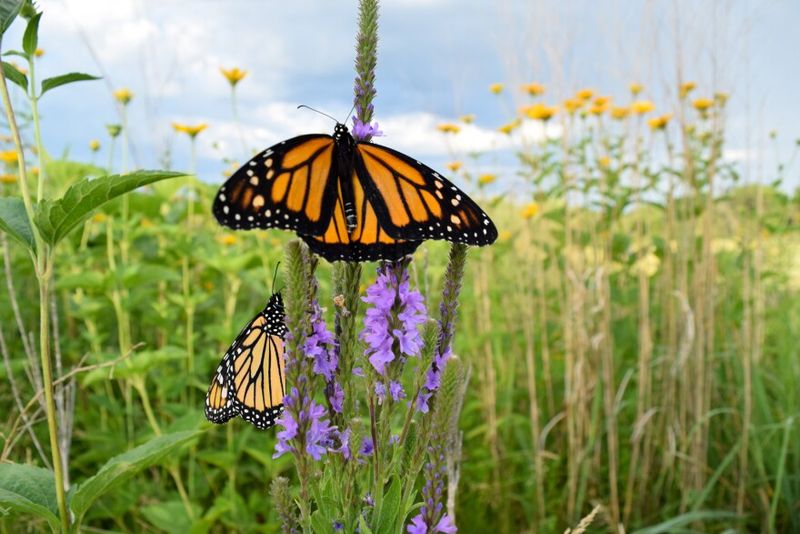
Those Instagram-worthy wildflower meadows owe much of their existence to butterfly pollination services. Without them, many native flowering plants would struggle to reproduce and gradually disappear.
Prairie violets depend on fritillary butterflies, while black-eyed Susans partner with painted ladies. Each butterfly species maintains relationships with specific wildflowers. This intricate network creates the breathtaking tapestry of colors we associate with healthy meadow ecosystems.
10. They Help Signal Ecosystem Health
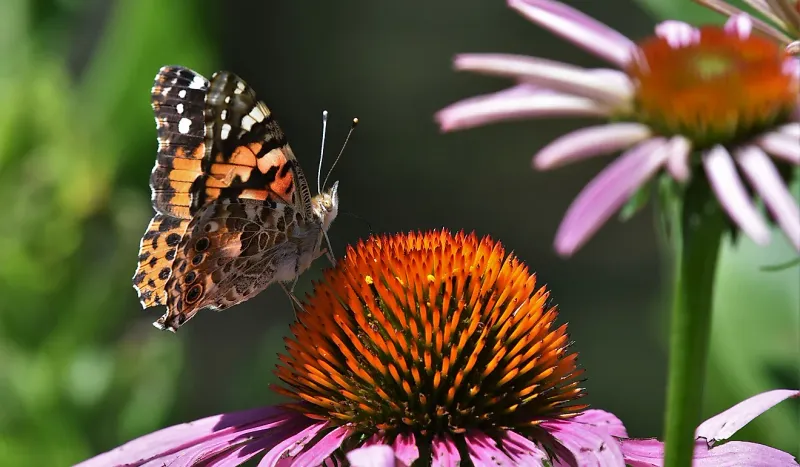
Scientists call butterflies “indicator species” because their presence or absence tells us volumes about environmental conditions. Their sensitivity to pollution, pesticides, and habitat changes makes them living barometers.
A thriving butterfly population signals a healthy ecosystem with diverse plants and minimal toxins. Conservation efforts now use butterfly surveys to monitor restoration success. Their beautiful wings serve as nature’s warning system for environmental troubles.
11. Urban Gardens Benefit From Their Visits

Butterflies bring wildness to our most developed spaces. Even tiny urban balcony gardens can attract these pollination helpers if planted with the right nectar sources.
City parks with butterfly-friendly zones show increased plant reproduction rates. Rooftop gardens visited by butterflies produce more fruits and seeds than isolated ones. These urban pollinators create vital connections between fragmented green spaces in concrete landscapes.
12. They’re Champions Of Cross-Pollination
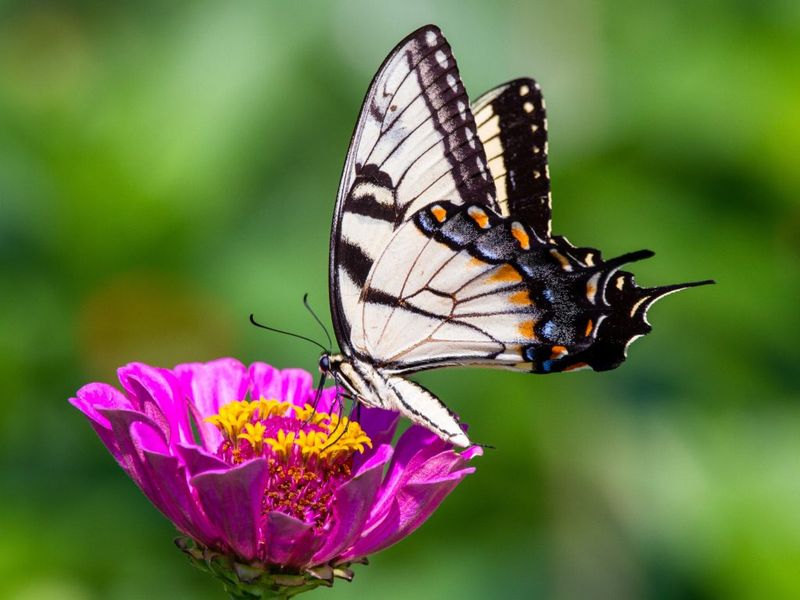
Butterflies rarely stay in one small area, making them genetic diversity superstars. Their wandering habits mean they carry pollen between distant plants of the same species.
This cross-pollination strengthens plant populations by mixing genetic material. Stronger offspring emerge with better disease resistance and adaptation abilities. Studies show butterfly-pollinated plants often produce more viable seeds than those pollinated by more localized insects.
13. They’re More Than Just Pretty Wings
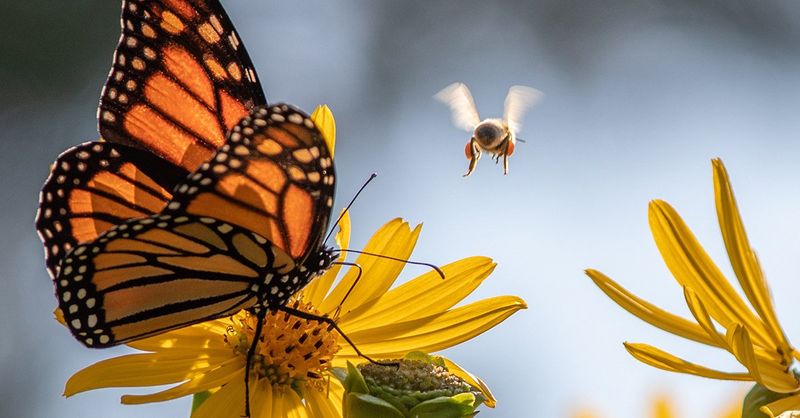
Beyond their obvious aesthetic appeal, butterflies form crucial links in complex food webs. Their pollination services support plants that feed countless other creatures.
From the berries birds eat to the wildflowers that stabilize soil, butterfly work ripples throughout ecosystems. Some endangered plant species rely exclusively on specific butterfly pollinators. Without these winged workers, entire ecological communities would unravel.

